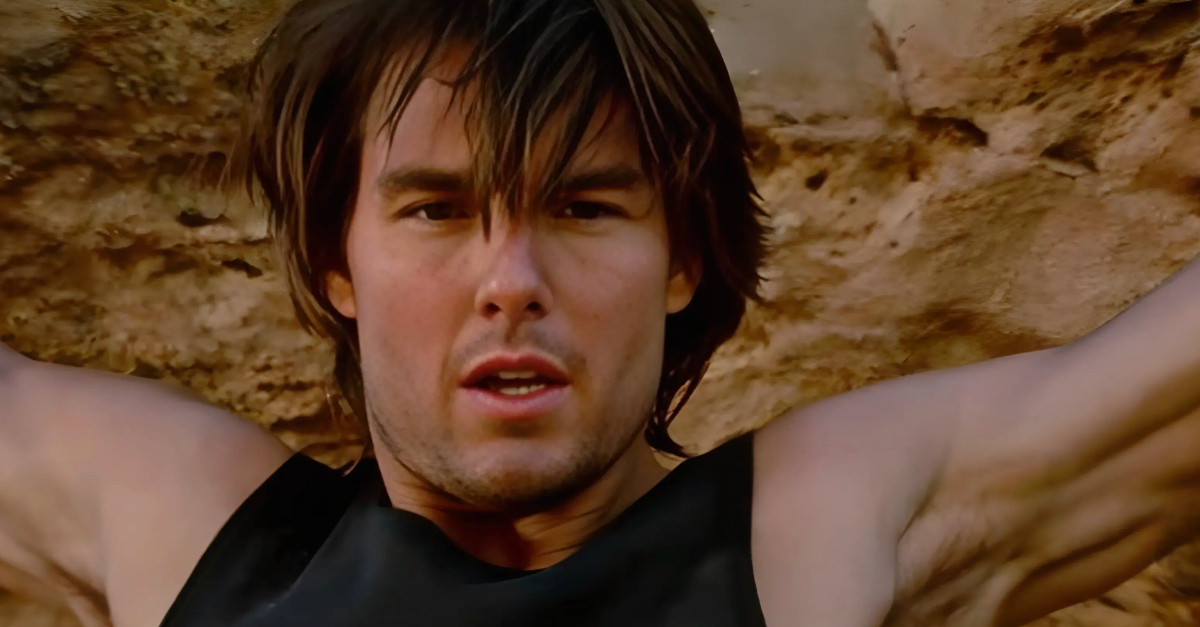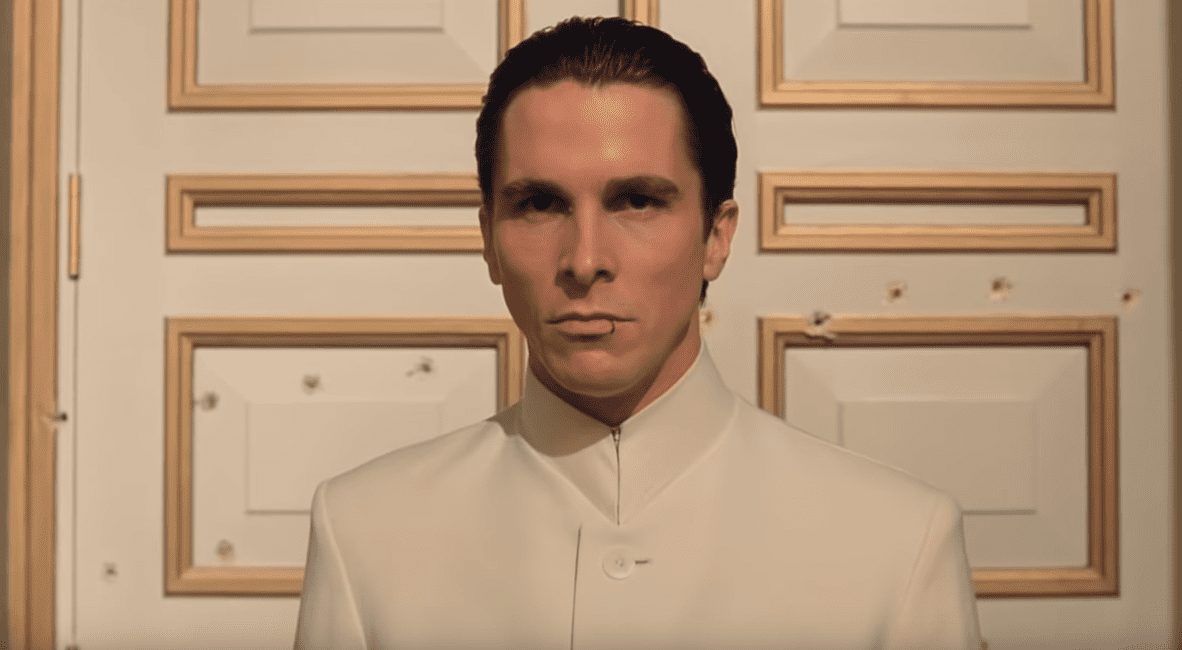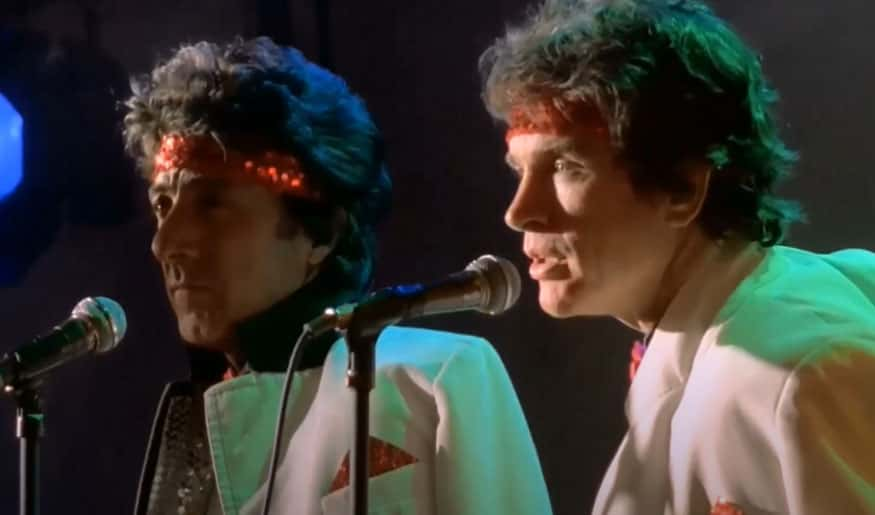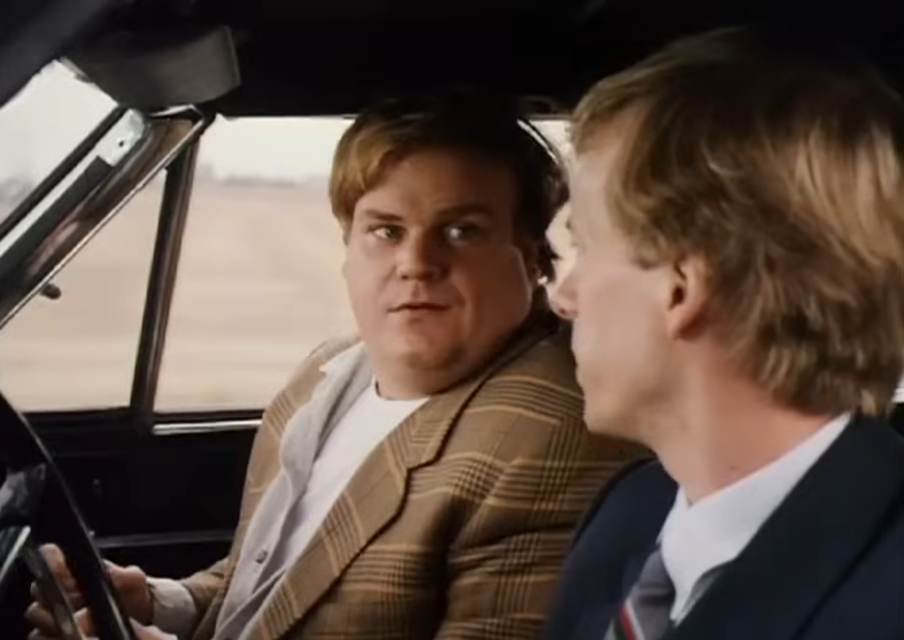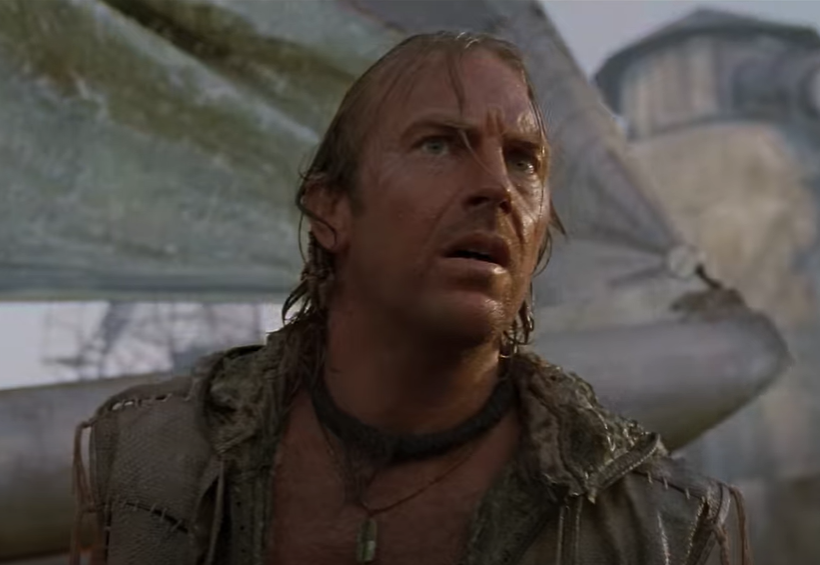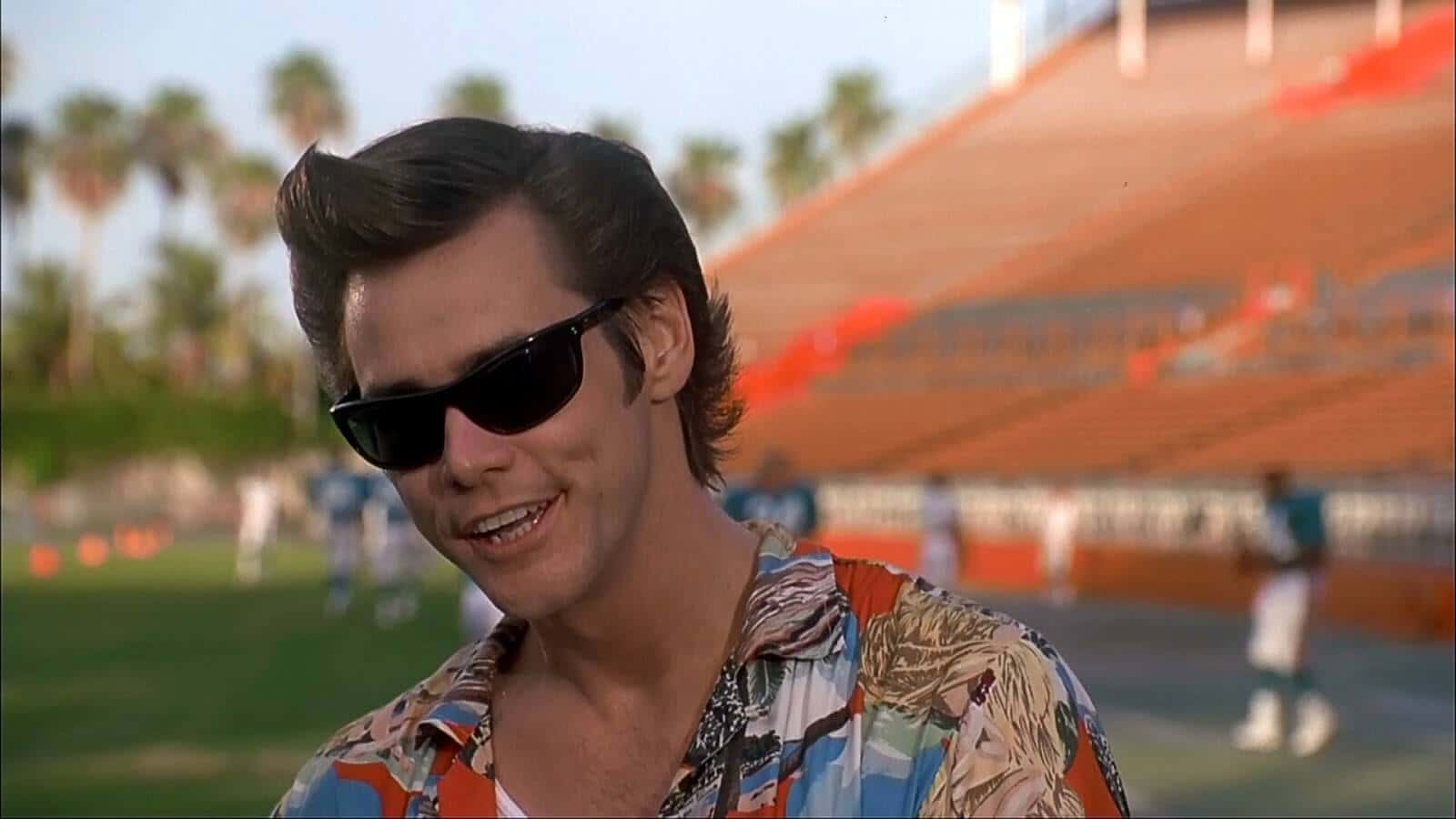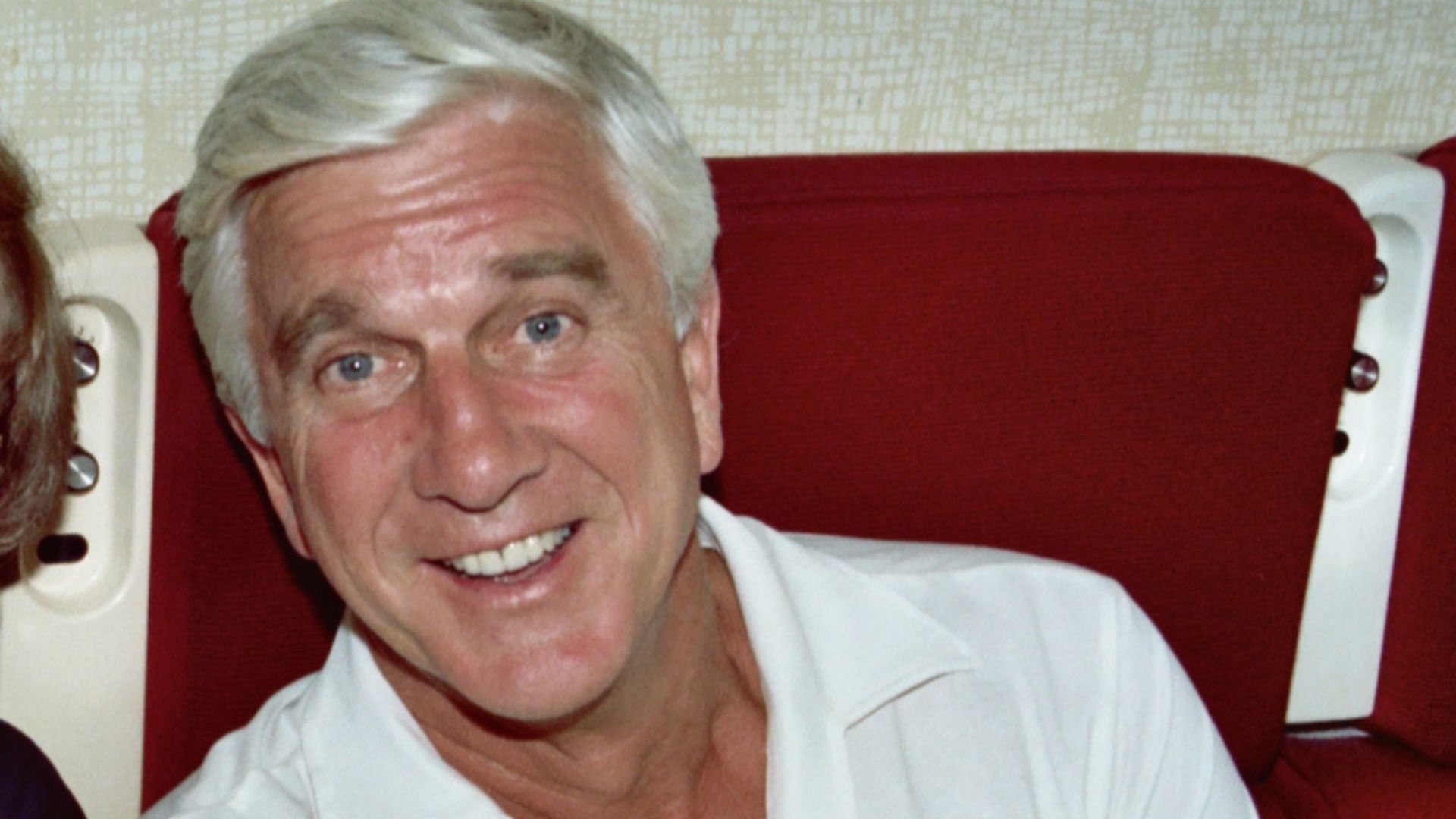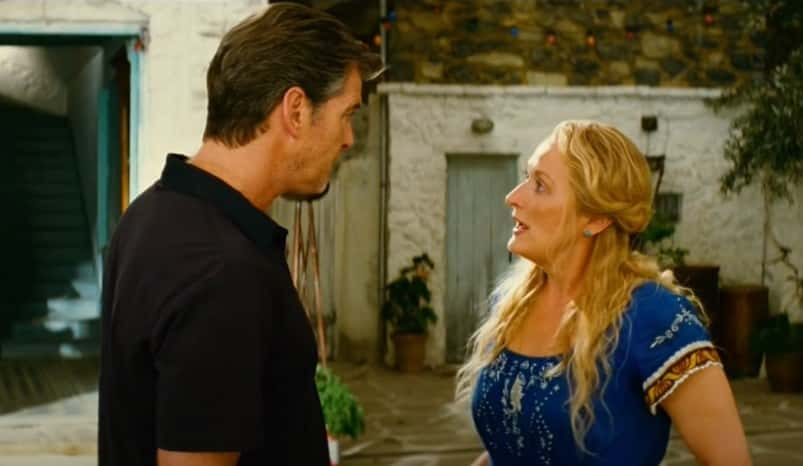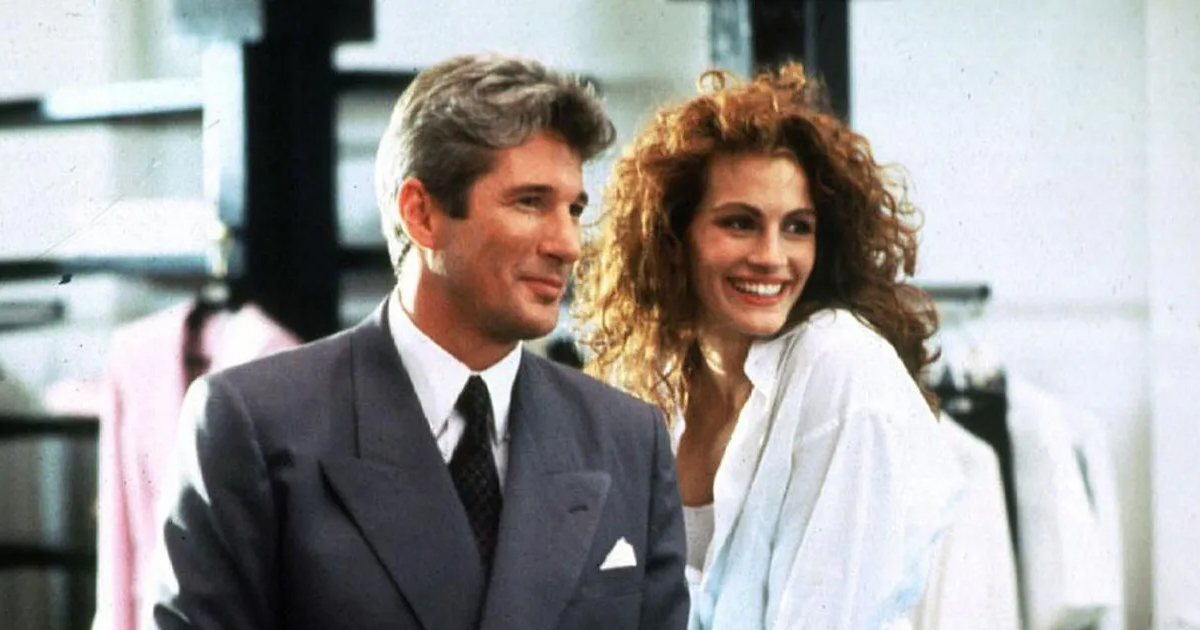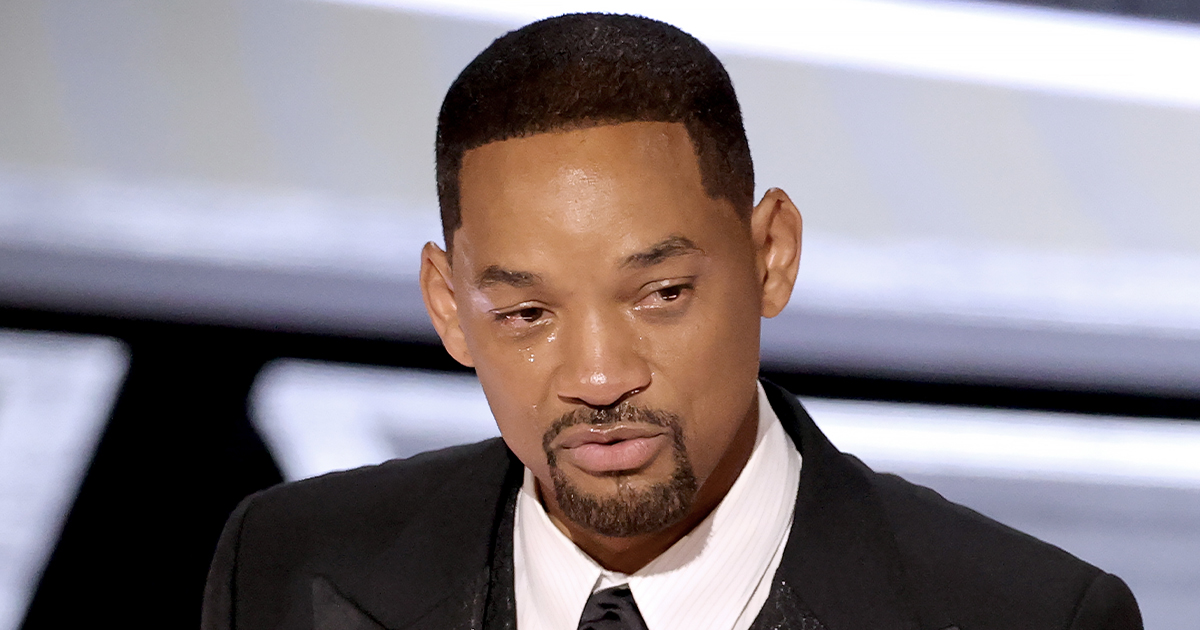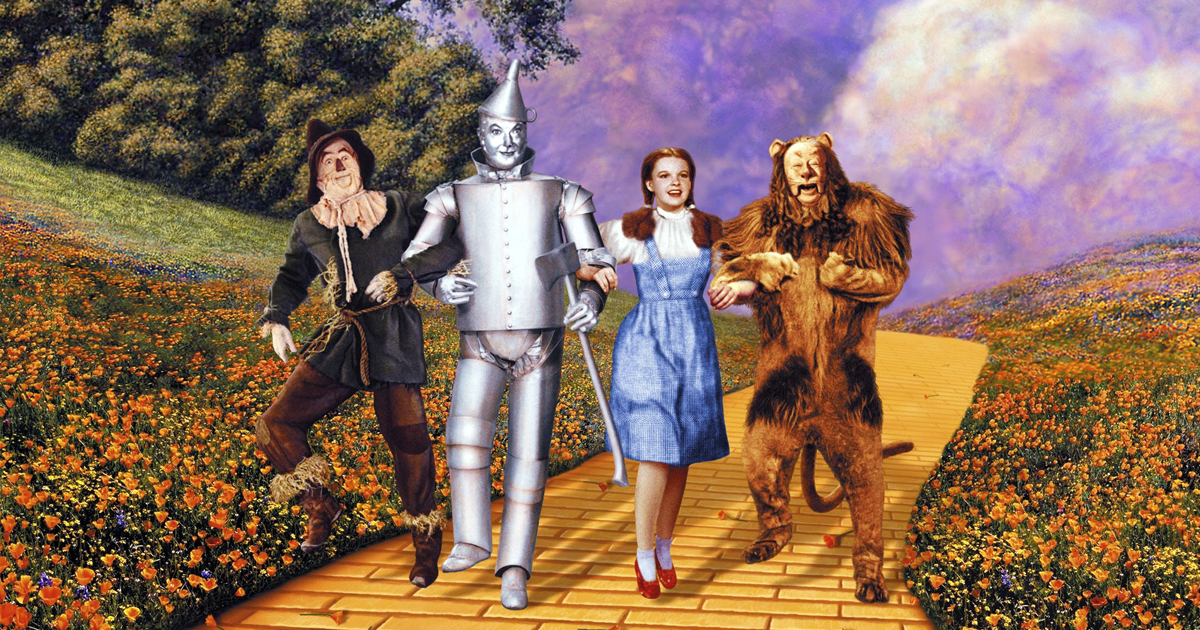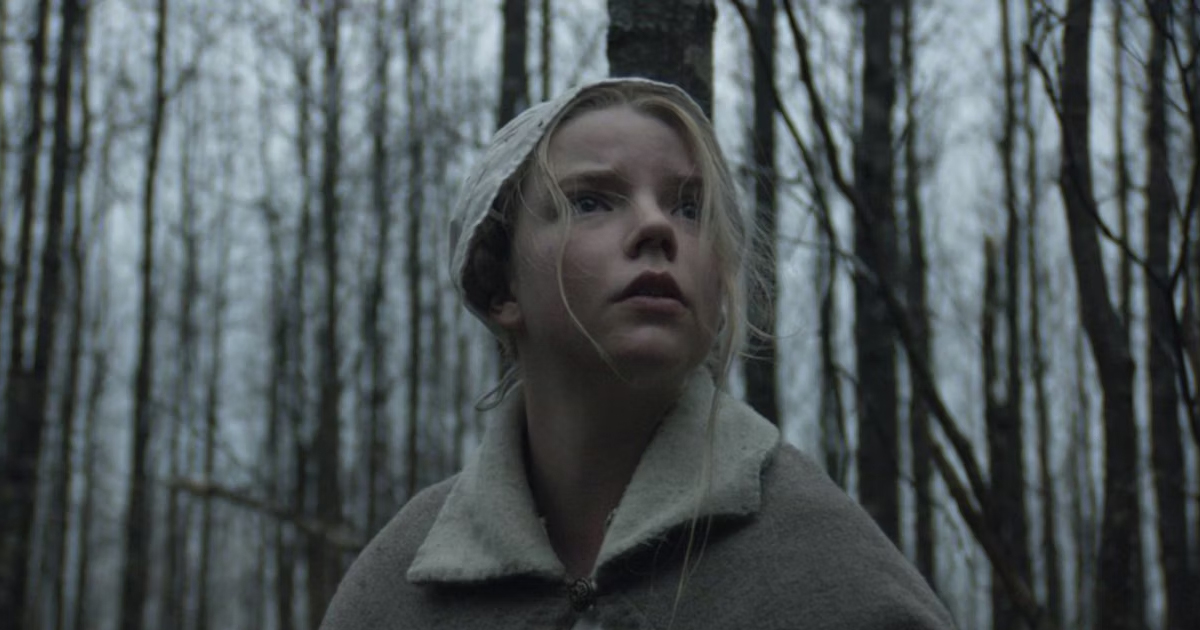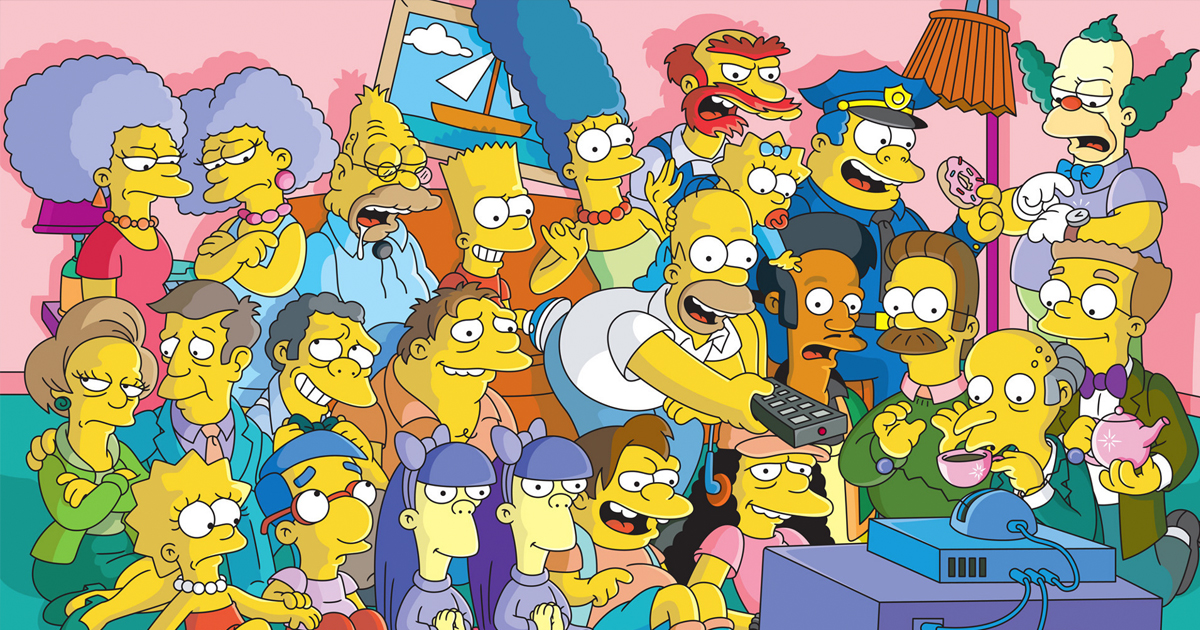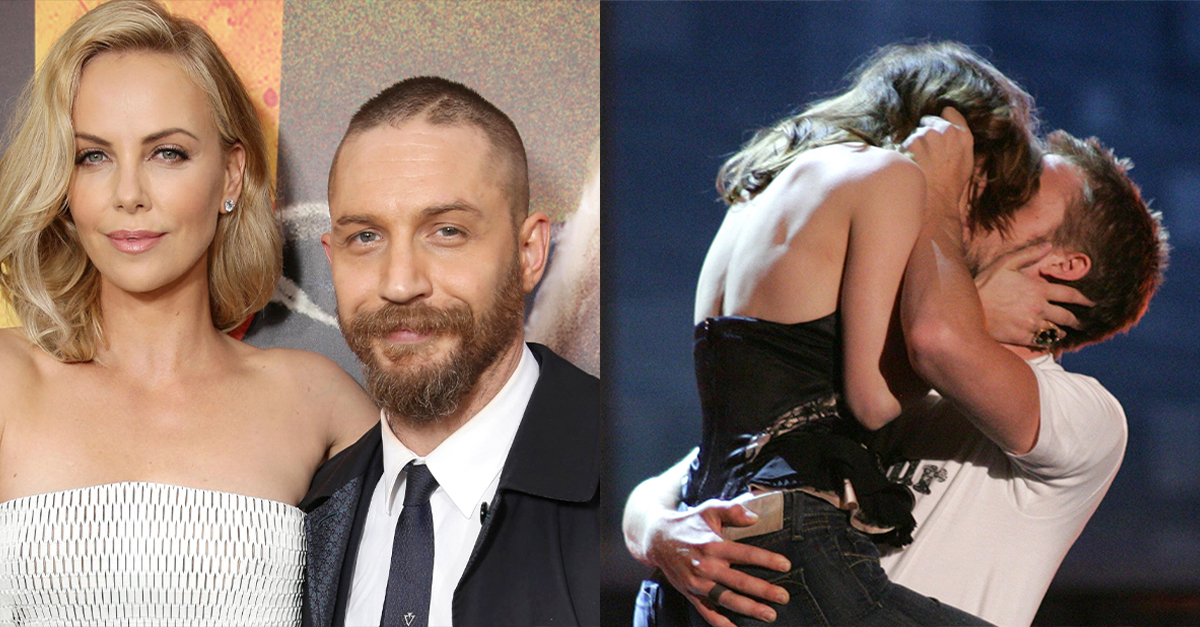Low Scores, High Quality
A great movie with a low Rotten Tomatoes score. It happens more often than you may think. Just like Ebert turned his thumb downwards to plenty of good movies back in the day, so too has a smashed green tomato adorned the review of a movie that deserves a bright red ripe one. These films aren’t “so bad they’re good.” They’re good, period.

“Step Brothers” (2008)
It’s easy to call Step Brothers dumb—until you realize it’s a comedy masterpiece about arrested adolescence. Will Ferrell and John C. Reilly turn absurdity into art, and every line has lived rent-free in pop culture since 2008. The Catalina Wine Mixer still reigns supreme.
 Columbia Pictures, Step Brothers (2008)
Columbia Pictures, Step Brothers (2008)
“Equilibrium” (2002)
Critics shrugged, but Equilibrium was The Matrix’s brainier cousin. Christian Bale’s gun-kata ballet and the film’s Orwellian world made it unforgettable for sci-fi fans. It’s pure dystopian style on a shoestring budg
“Mission: Impossible II” (2000)
The slow-motion, the doves, the sunglasses—John Woo turned Mission: Impossible II into a high-gloss operatic action flick. Critics scoffed, but its style and confidence make it a wild, watchable standout.
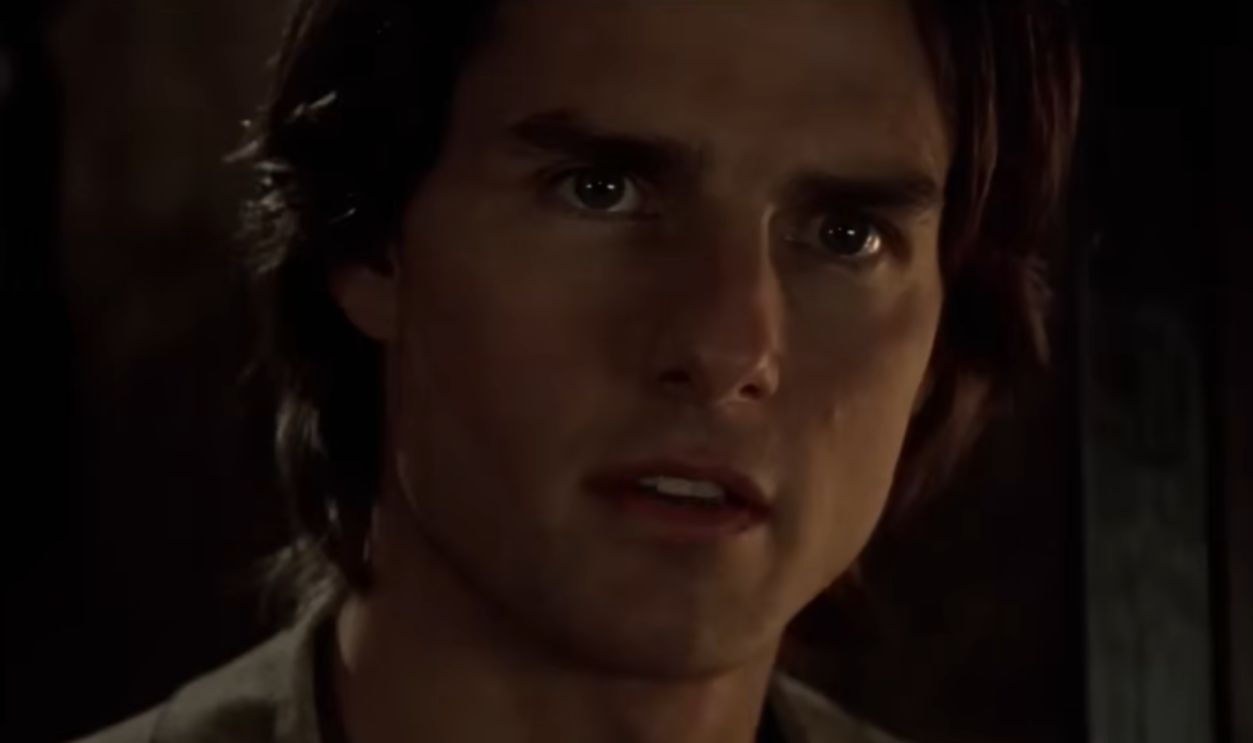 Paramount Pictures, Mission: Impossible II (2000)
Paramount Pictures, Mission: Impossible II (2000)
“The Cable Guy” (1996)
Jim Carrey’s creepiest role turned critics off, but The Cable Guy is black comedy gold. It’s a media-obsessed fever dream that predicted reality TV culture. Carrey was playing the future, not just a weirdo.
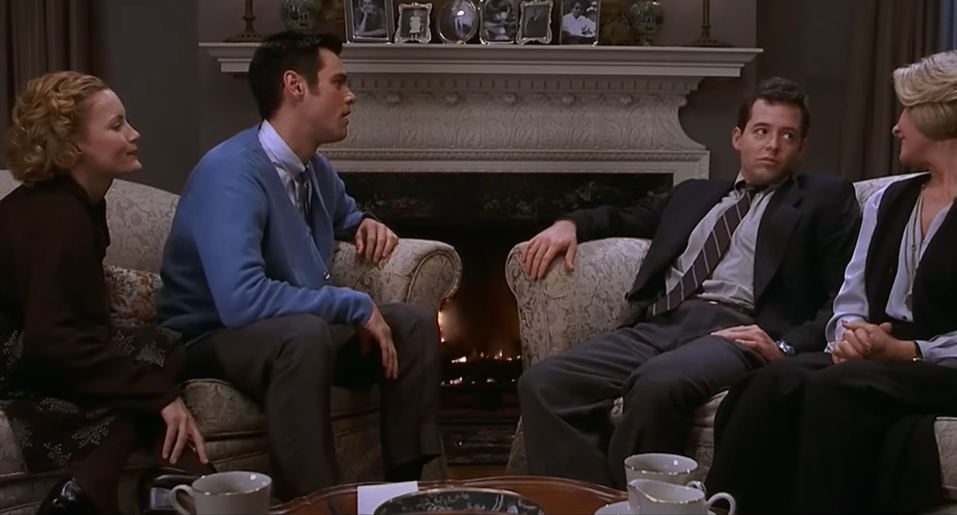 Columbia, The Cable Guy (1996)
Columbia, The Cable Guy (1996)
“Die Hard with a Vengeance” (1995)
Smart, explosive, and relentlessly entertaining, Die Hard with a Vengeance is the best buddy-cop movie disguised as an action sequel. Critics nitpicked, but it’s pure adrenaline-fueled fun.
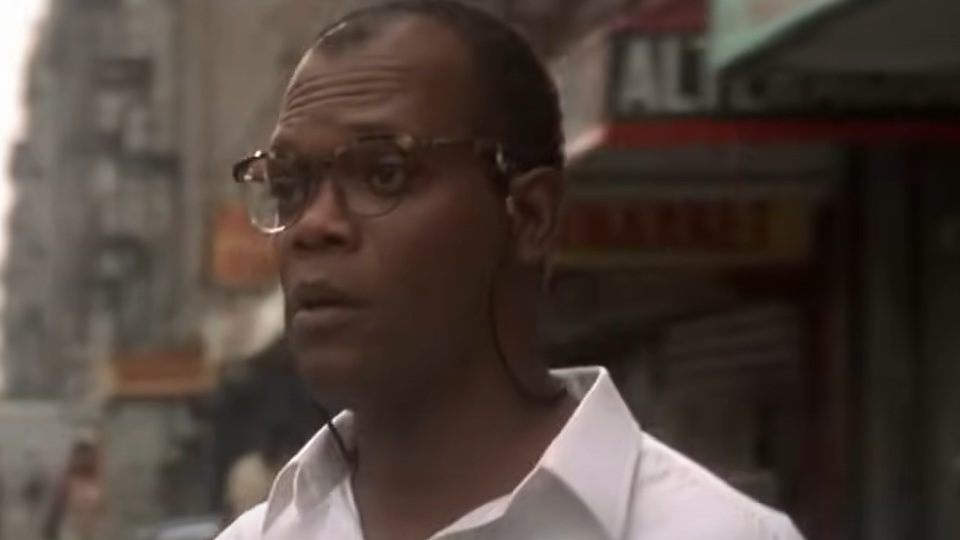 Twentieth Century, Die Hard with a Vengeance (1995)
Twentieth Century, Die Hard with a Vengeance (1995)
“The Greatest Showman” (2017)
Critics saw cliché; audiences saw spectacle. The Greatest Showman is an unapologetic musical joyride, full of glitter, grand gestures, and songs that refuse to leave your head. Say what you will—it’s pure cinematic serotonin.
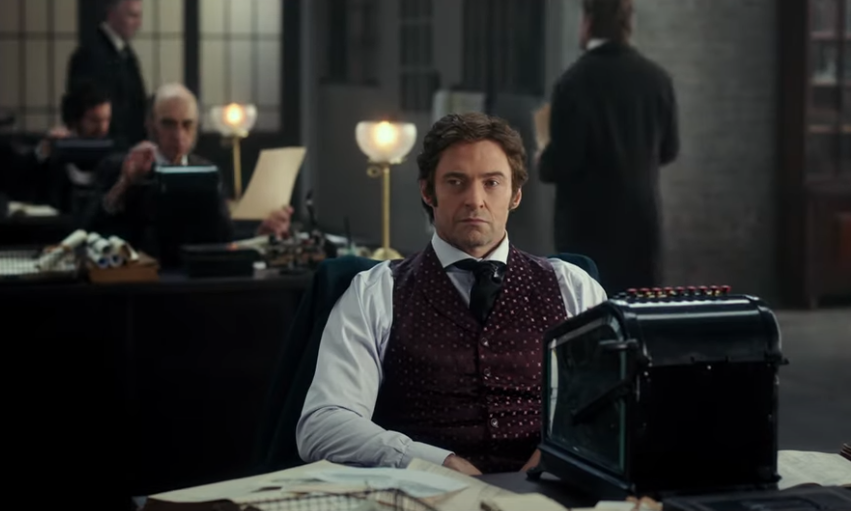 Twentieth Century, The Greatest Showman (2017)
Twentieth Century, The Greatest Showman (2017)
“Pain & Gain” (2013)
Michael Bay made a movie about dumb criminals that’s smarter than it looks. Pain & Gain is neon-dark satire on the American dream, with Mark Wahlberg and Dwayne Johnson pumping iron and irony in equal measure.
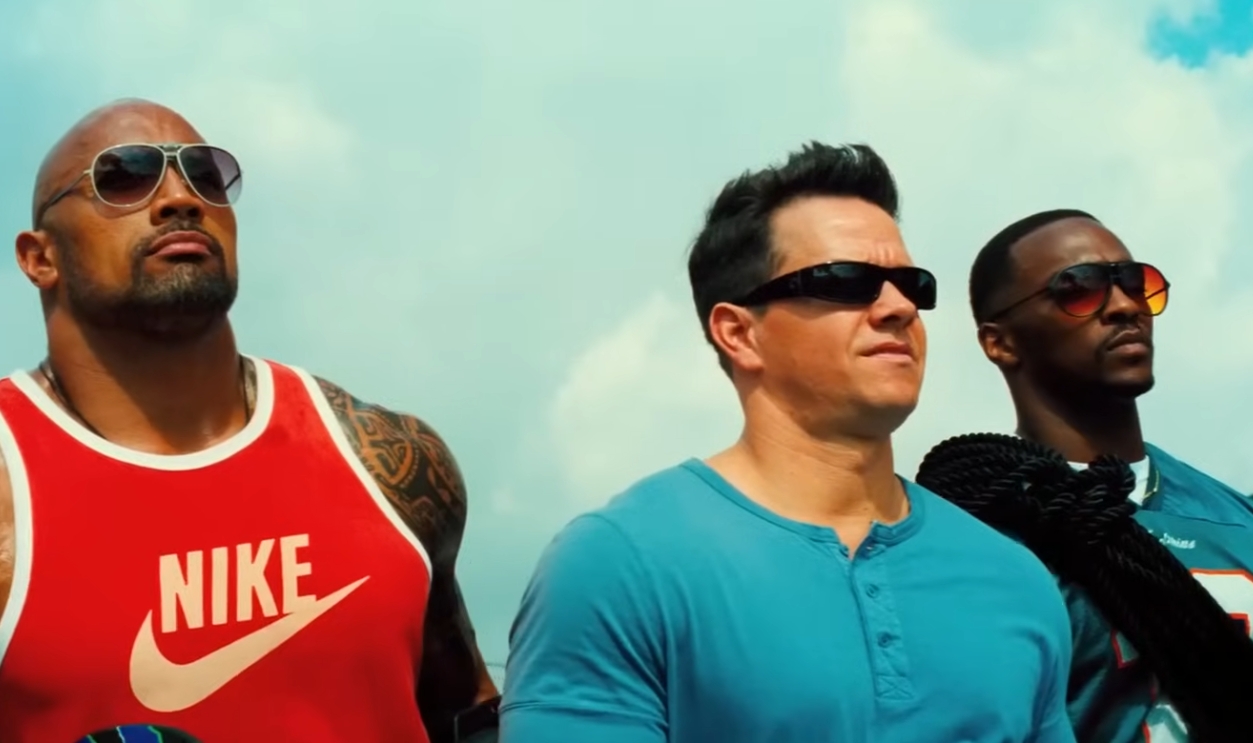 Paramount Pictures, Pain & Gain (2013)
Paramount Pictures, Pain & Gain (2013)
“Ishtar” (1987)
Once the butt of every “Hollywood flop” joke, Ishtar has aged into a brilliant satire about ambition, ego, and American cluelessness abroad. Elaine May’s direction was misunderstood then—and visionary now. It’s time to rewrite this one’s reputation.
“New York, New York” (1977)
Scorsese’s New York, New York was too emotional, too messy, too human. It’s a flawed masterpiece about love and ambition—big, brassy, and bursting with heart. Liza Minnelli steals the show.
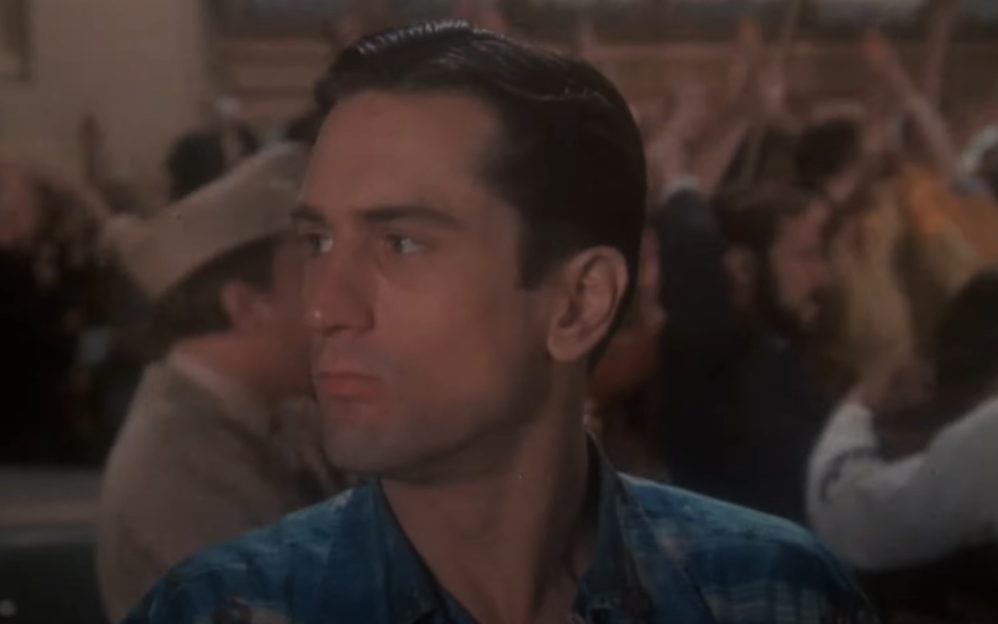 United Artists, New York, New York (1977)
United Artists, New York, New York (1977)
“Tommy Boy” (1995)
Critics thought it was lowbrow. They missed the point. Tommy Boy is heartfelt chaos, powered by Chris Farley’s unmatched energy. It’s dumb humor done smart—and it still makes people laugh just as hard today.
“Waterworld” (1995)
Critics drowned it on release, but Waterworld is a world-building triumph—a post-apocalyptic odyssey that’s as ambitious as it is bizarre. Yes, it’s wet and weird, but it’s also bold, imaginative, and far more thoughtful than the disaster headlines ever gave it credit for.
“Speed Racer” (2008)
Too loud? Too colorful? Too ahead of its time. Speed Racer is a visual opera of emotion and motion, a kaleidoscopic dream that critics couldn’t decode. Fifteen years later, it looks prophetic—a digital-age masterpiece made before audiences were ready.
 Warner Bros. Pictures, Speed Racer (2008)
Warner Bros. Pictures, Speed Racer (2008)
“The Boondock Saints” (1999)
Dismissed as too violent and too self-serious, The Boondock Saints went from flop to cult phenomenon. Gritty, stylized, and unapologetically cool, it’s the kind of indie action flick that built its audience one DVD at a time—for those who actually remember what DVDs were.
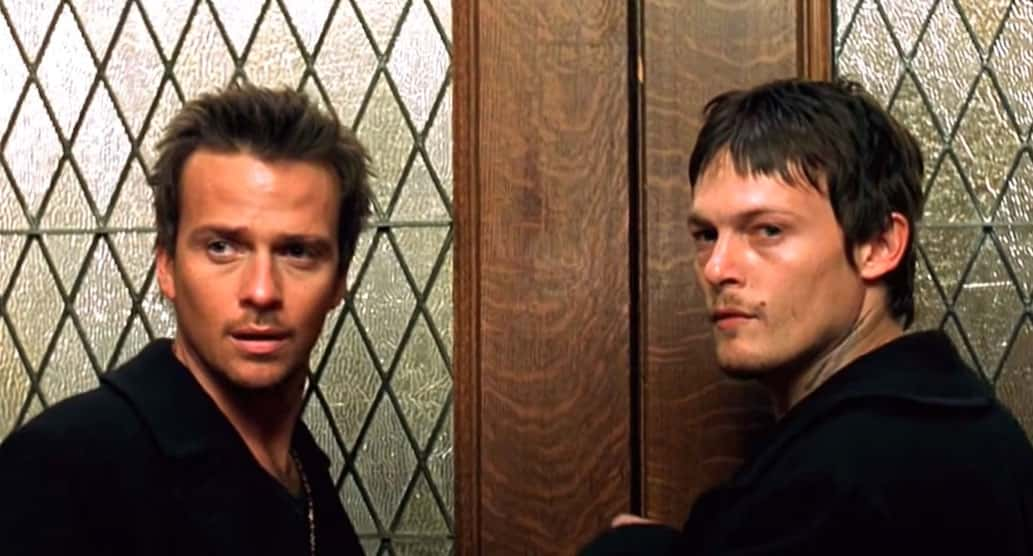 Franchise Pictures, The Boondock Saints (1999)
Franchise Pictures, The Boondock Saints (1999)
“Jennifer’s Body” (2009)
Critics expected a standard horror flick. What they got was feminist satire wrapped in gore. Jennifer’s Body is witty, sharp, and self-aware—Megan Fox gives a killer performance that deserved way more respect.
 20th Century Fox, Jennifer’s Body (2009)
20th Century Fox, Jennifer’s Body (2009)
“Constantine” (2005)
Keanu Reeves as a cynical exorcist didn’t wow critics, but Constantine is stylish supernatural noir done right. Its world-building, tone, and atmosphere aged like fine demon wine. It’s DC’s coolest cult movie by far.
 Warner Bros. Pictures, Constantine (2005)
Warner Bros. Pictures, Constantine (2005)
“Austin Powers: The Spy Who Shagged Me” (1999)
Louder, dumber, and better. Spy Who Shagged Me is absurd comedy perfected—the rare sequel that out-camps the original. Critics rolled their eyes, but audiences rolled in laughter.
 New Line Cinema, Austin Powers: The Spy Who Shagged Me (1999)
New Line Cinema, Austin Powers: The Spy Who Shagged Me (1999)
“Austin Powers in Goldmember” (2002)
Critics said the formula was stale; they were wrong. Goldmember is nonsense with precision, an unapologetic showcase for Mike Myers’s comedic genius. It’s still ridiculously quotable decades later.
 New Line Cinema, Austin Powers In Goldmember (2002)
New Line Cinema, Austin Powers In Goldmember (2002)
“Ace Ventura: Pet Detective” (1994)
Jim Carrey’s full-body slapstick broke logic and, apparently, critics’ patience. But Ace Ventura is comedy anarchy—a fearless performance that turned absurdity into art. It’s dumb brilliance at its finest.
“Footloose” (1984)
Critics groaned, audiences danced. Footloose is a time capsule of pure joy, where Kevin Bacon’s defiant energy turned cheesy rebellion into legend. It’s impossible to hate a movie that moves this much.
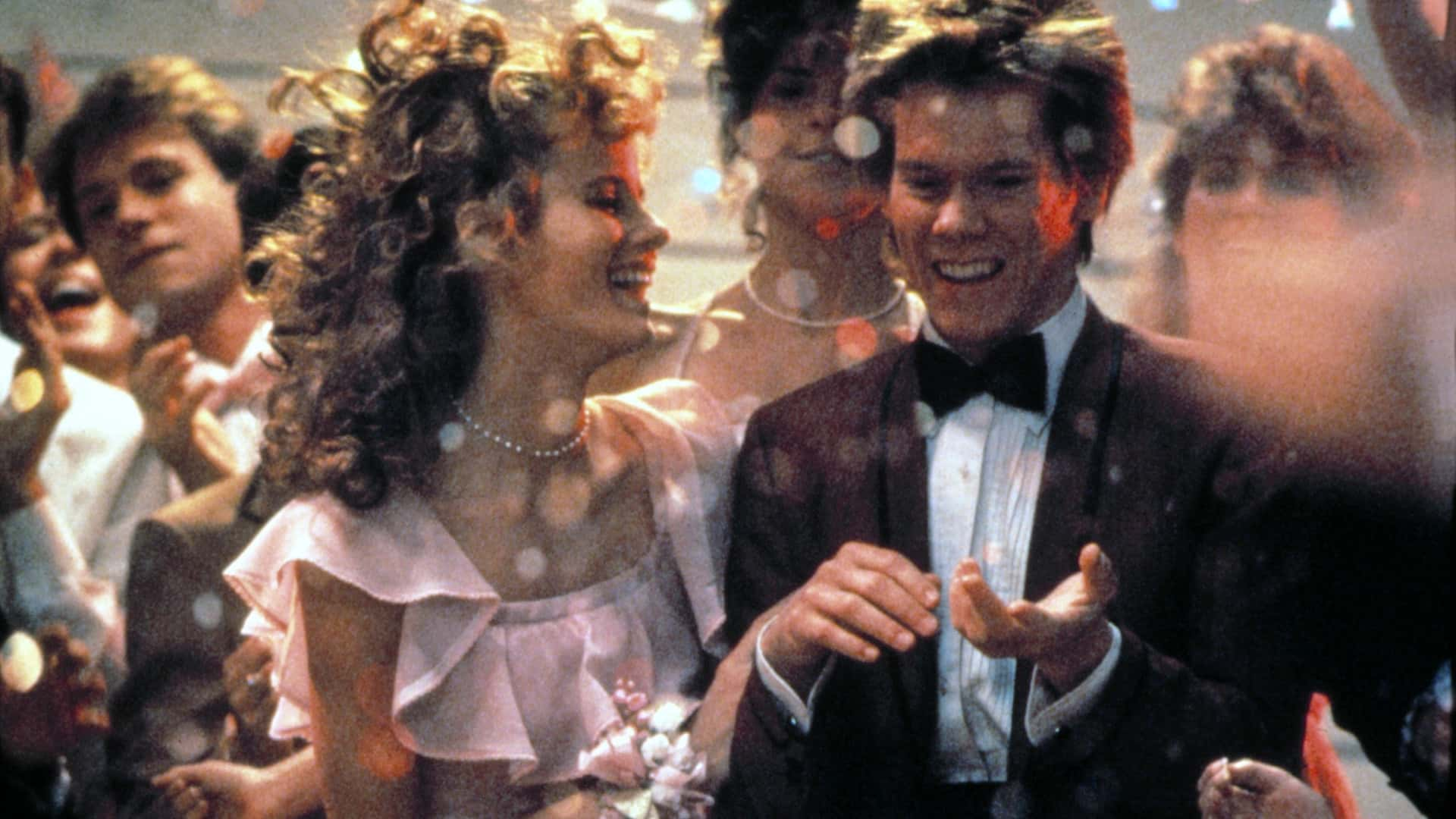 Paramount Pictures, Footloose (1984)
Paramount Pictures, Footloose (1984)
“The Naked Gun 2½: The Smell of Fear” (1991)
The jokes hit just as hard the second time. The Naked Gun 2½ is classic parody precision, packed with sight gags and wordplay that still kill. Critics complained it was more of the same. Exactly.
“The Life Aquatic with Steve Zissou” (2004)
Wes Anderson’s ocean of melancholy and whimsy confused critics but rewarded patience. The Life Aquatic is beautifully weird cinema, where deadpan humor meets deep emotion under the sea.
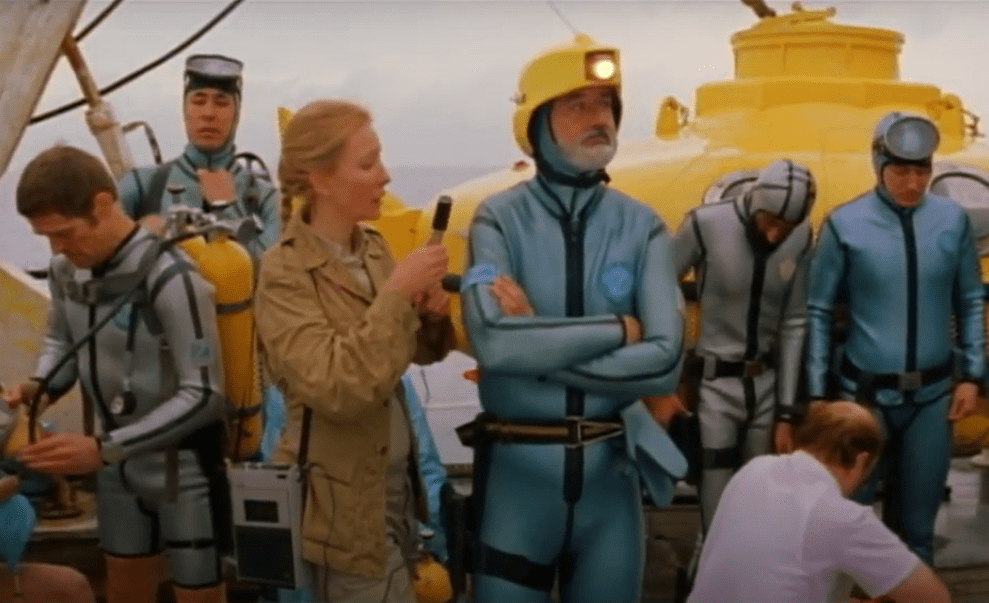 Touchstone, The Life Aquatic with Steve Zissou (2004)
Touchstone, The Life Aquatic with Steve Zissou (2004)
“Wet Hot American Summer” (2001)
Too weird for 2001, too perfect for cult status. Wet Hot American Summer is absurdist brilliance with a stacked cast who knew exactly what kind of chaos they were creating.
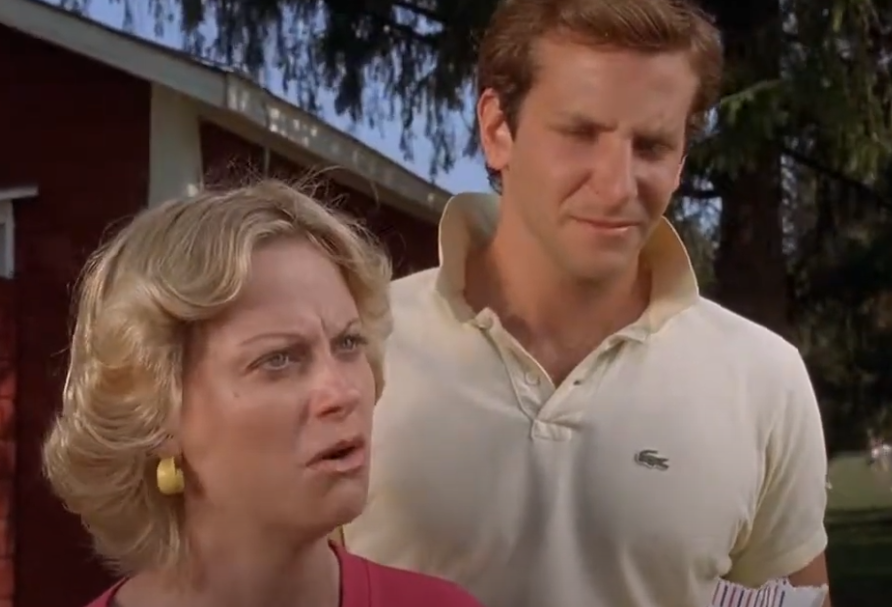 Eureka Pictures, Wet Hot American Summer (2001)
Eureka Pictures, Wet Hot American Summer (2001)
“Observe and Report” (2009)
Seth Rogen plays a wannabe hero on the edge of a meltdown. Observe and Report is dark comedy as social commentary—mean, uncomfortable, and brilliant. Critics didn’t know what hit them.
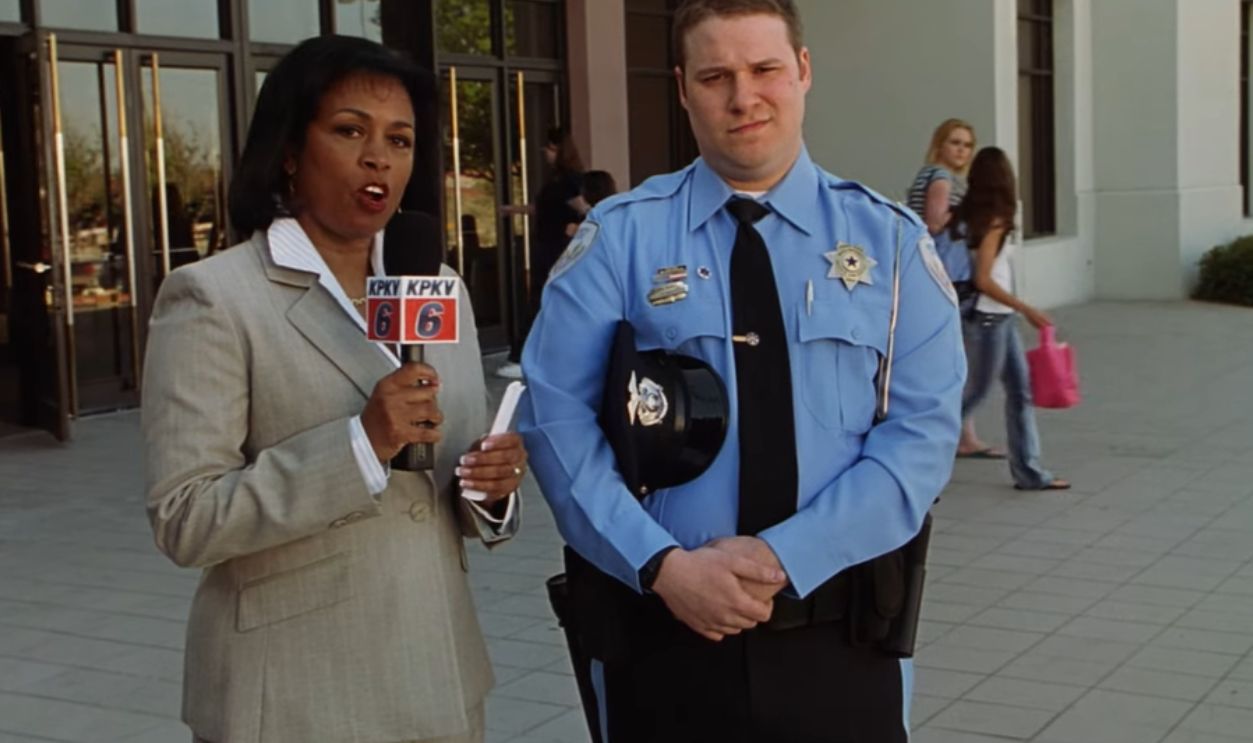 Warner Bros. Pictures, Observe and Report (2009)
Warner Bros. Pictures, Observe and Report (2009)
“A Life Less Ordinary” (1997)
Danny Boyle mixed romance, crime, and fantasy, and critics short-circuited. A Life Less Ordinary is messy, yes—but it’s also bold, vibrant, and oddly moving. It’s a love story told through chaos, with Ewan McGregor and Cameron Diaz lighting up every strange scene.
 20th Century Fox, A Life Less Ordinary (1997)
20th Century Fox, A Life Less Ordinary (1997)
“Tenacious D in The Pick of Destiny” (2006)
Critics called it immature; fans called it a religion. The Pick of Destiny is rock ’n’ roll myth-making at its loudest and dumbest—and that’s the beauty of it. Jack Black has never been more gloriously unhinged.
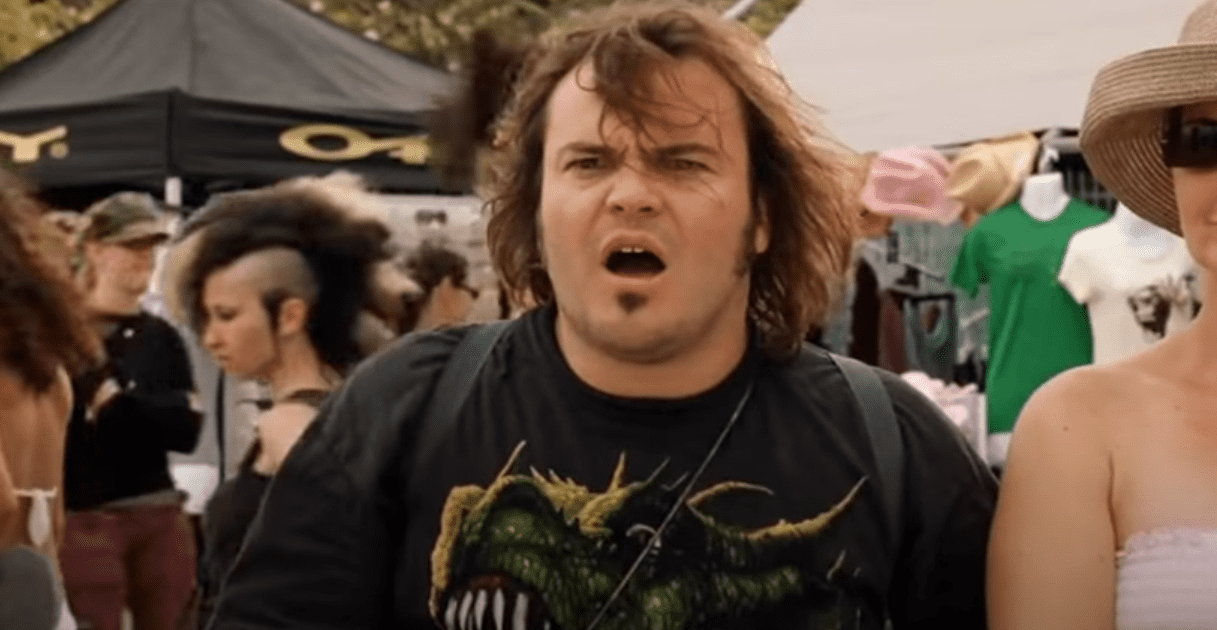 New Line Cinema, Tenacious D in The Pick of Destiny (2006)
New Line Cinema, Tenacious D in The Pick of Destiny (2006)
“The Butterfly Effect” (2004)
The Butterfly Effect took a wild swing—and connected harder than critics realized. It’s a dark, emotional time-travel tragedy with more heart than its reputation suggests. Ashton Kutcher surprised everyone, proving he could handle more than punchlines.
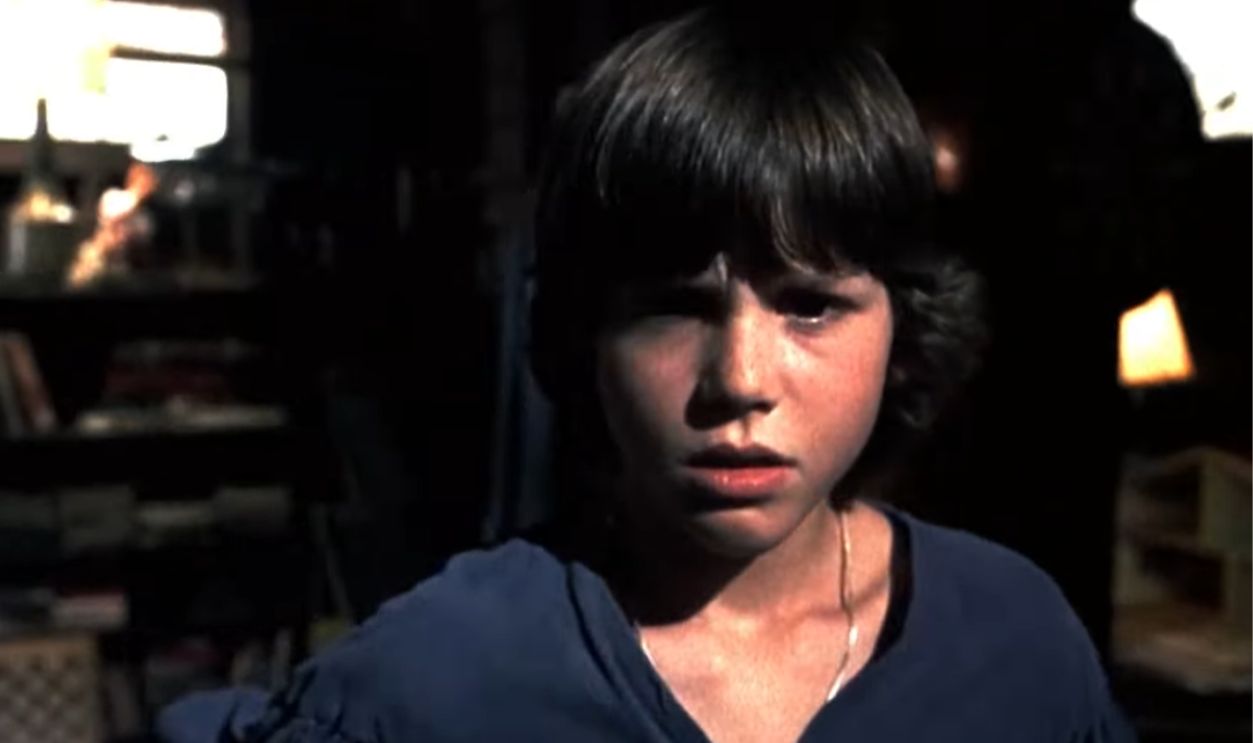 New Line Cinema, The Butterfly Effect (2004)
New Line Cinema, The Butterfly Effect (2004)
“The Beach” (2000)
A young Leonardo DiCaprio heads to paradise—and finds something closer to madness. The Beach is a haunting look at idealism turned obsession. Critics wanted adventure; Danny Boyle gave them a cautionary tale wrapped in beauty.
 20th Century Fox, The Beach (2000)
20th Century Fox, The Beach (2000)
“Stay” (2005)
Stay confused everyone—but that’s its magic. It’s a dreamlike psychological puzzle with stunning visuals and haunting performances. Ewan McGregor and Ryan Gosling deliver art-house chills that deserved a smarter audience.
“Hesher” (2010)
Joseph Gordon-Levitt plays chaos incarnate—a chain-smoking, grief-punk philosopher. Hesher is weird, raw, and strangely healing. Critics didn’t get it, but it’s the rare dark comedy that earns its heart.
 Newmarket Films, Hesher (2010)
Newmarket Films, Hesher (2010)
“Last Action Hero” (1993)
Audiences weren’t ready for meta Arnold. Last Action Hero is a genre parody ahead of its time, with wit, chaos, and explosions to spare. It bombed in 1993 but aged into brilliance.
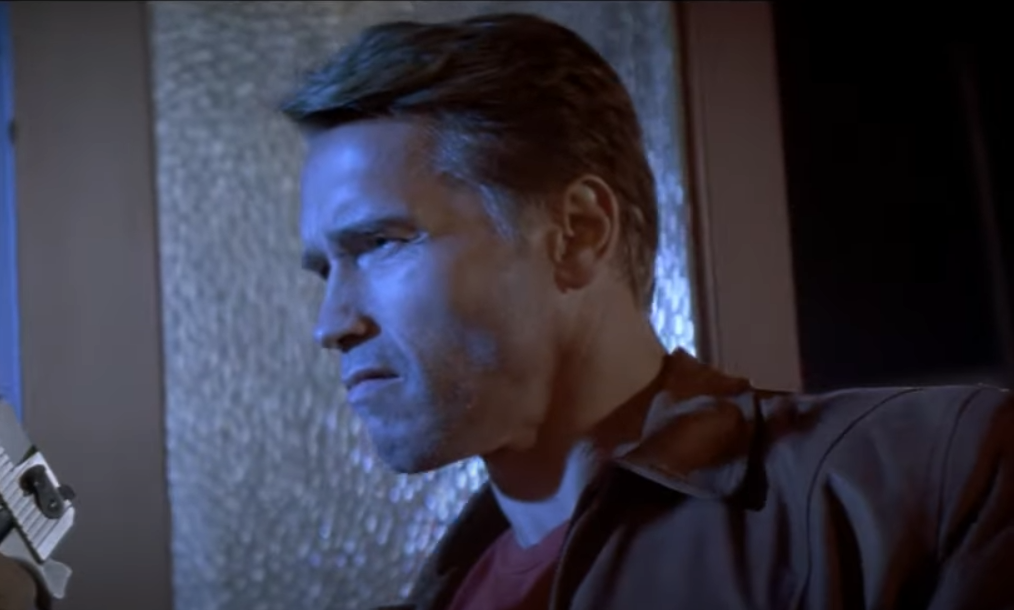 Columbia, Last Action Hero (1993)
Columbia, Last Action Hero (1993)
“Mamma Mia!” (2008)
It’s pure chaos, pure ABBA, and pure happiness. Mamma Mia! was made to be loud, silly, and joyful. It’s the rare movie that doesn’t need logic—just Meryl Streep, a Greek island, and a disco ball.
“The Majestic” (2001)
Jim Carrey traded slapstick for sincerity, and critics weren’t ready. The Majestic is a tender, old-fashioned ode to small-town America and classic cinema. It’s simple, sweet, and secretly timeless.
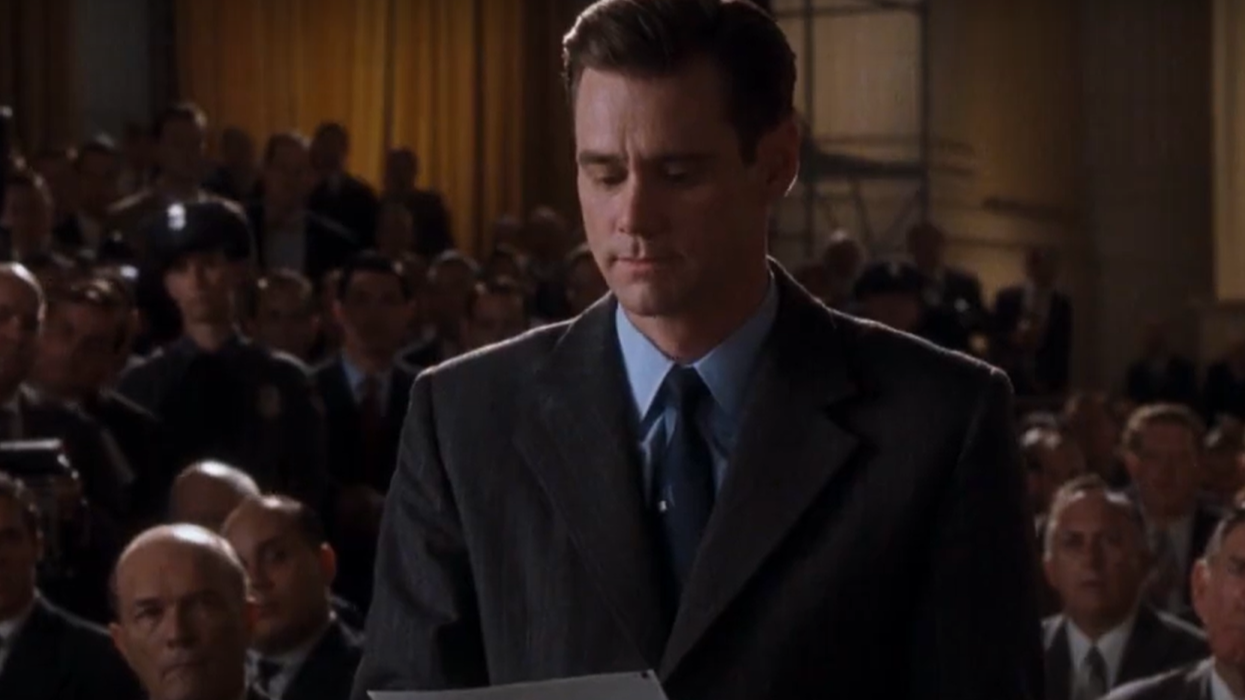 Warner Bros. Pictures, The Majestic (2001)
Warner Bros. Pictures, The Majestic (2001)
You Might Also Like:
Underrated Movies That Should’ve Been TV Shows
Perfect Made-For-TV Movies That Everyone Should Get To See In The Theater
Movies That Actually Got Made With Plot Twists That Fully Don't Make Sense

